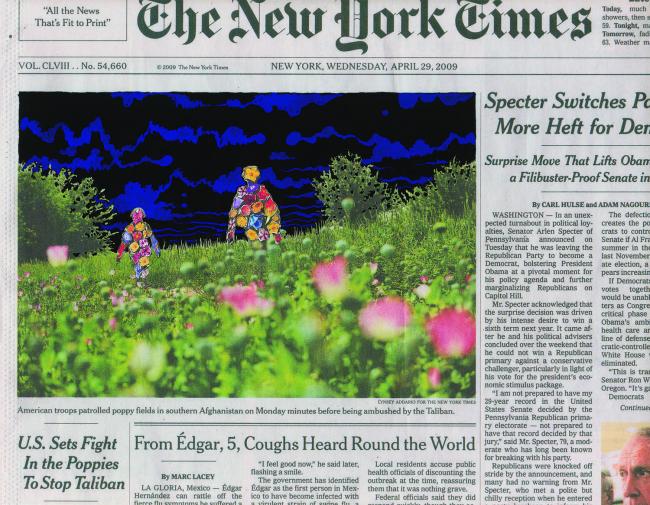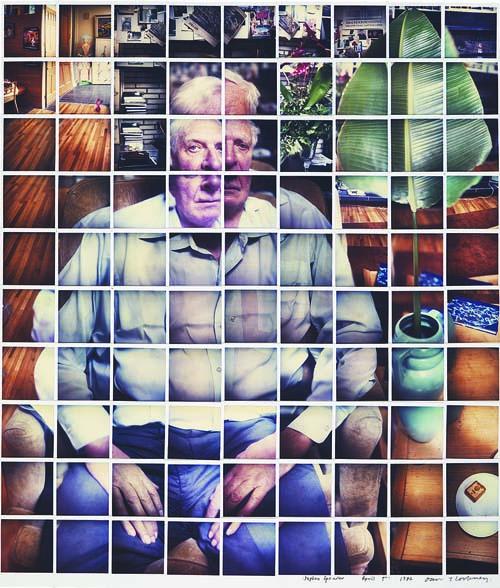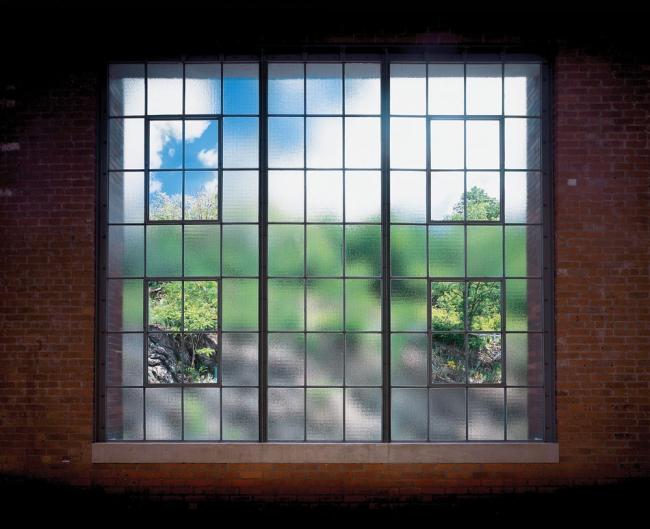
Lawrence Weschler
Biography
Lawrence Weschler, a contributing editor to VQR, is the former director of the New York Institute for the Humanities and artistic director emeritus of the Chicago Humanities Festival. His books include Uncanny Valley: Adventures in the Narrative (Counterpoint, 2011) and Everything That Rises: A Book of Convergences (McSweeney’s, 2006), winner of the National Book Critics Circle Award for Criticism. He is the author of a set of paired biographies of Robert Irwin (the revised edition of Seeing is Forgetting the Name of the Thing One Sees) and David Hockney (True to Life), both released in 2009 from the University of California Press.



